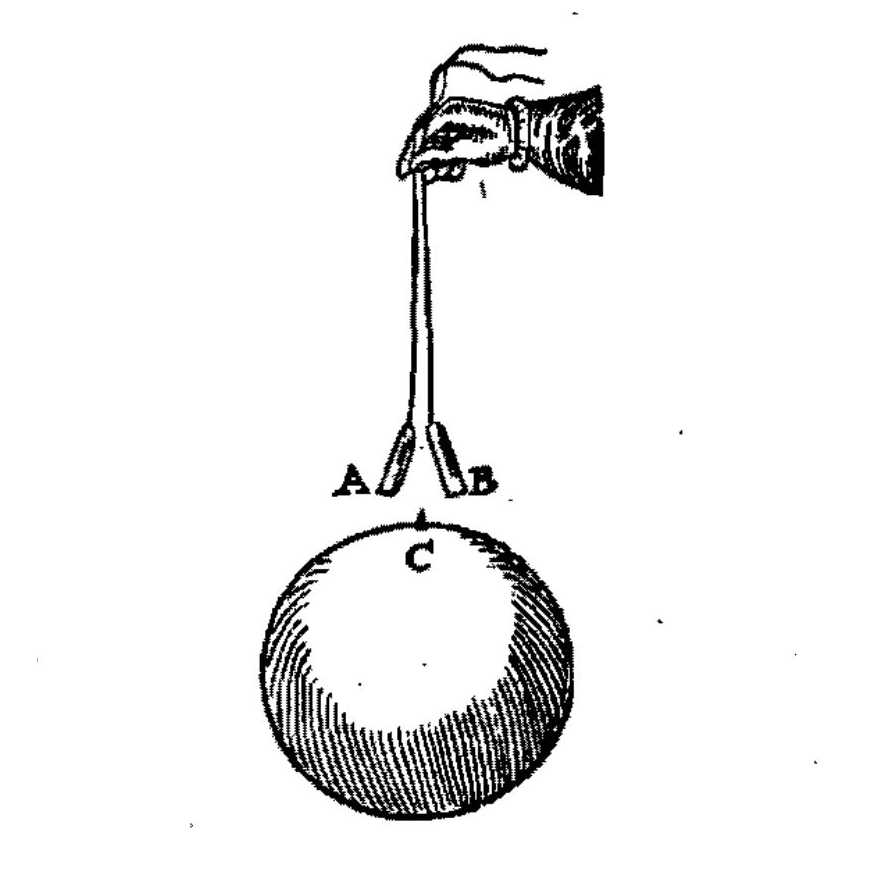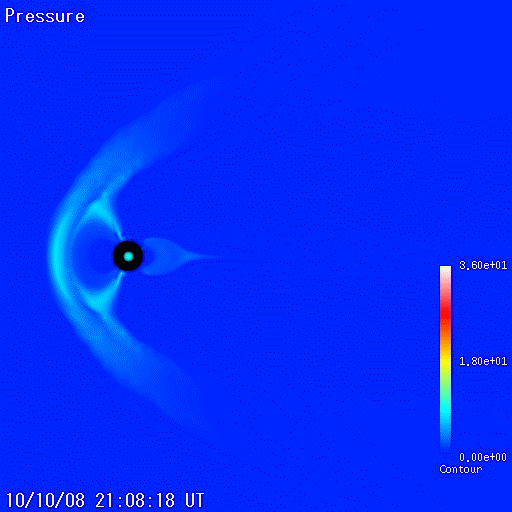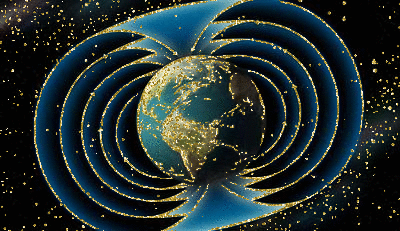Magnet

Magnus magnes ipse est globus terristris.
(The earth itself is a great magnet.)
William Gilbert
De Magnete, 1600
(The earth itself is a great magnet.)
William Gilbert
De Magnete, 1600
So, the earth is a magnet. It has a magnetic field shielding it from solar winds and particles. Magnetic fields cannot mix. It’s like a string of pearls, each pearl is a blob of plasma and the string the field line. The particles hitting the radiation belts will always come down following these field lines. Nothing can cross the field lines, so the only place where you’re going to get particles coming in towards the earth’s atmosphere is around the magnetic polar circles. When you get substantial variations in the magnetosphere you get aurora. Why there? Simply, because of the structure of the magnetosphere.
The magnetosphere is the region in space where the influence of the earth’s magnetic field can be felt. The shape of the magnetosphere can be likened to a sideway teardrop with the broad part oriented towards the sun. In the middle of the widest spot, Earth sits wrapped in a protective blob of plasma within stormy flow of solar wind and radiation. Together with the atmosphere, the magnetosphere makes our planet livable.

